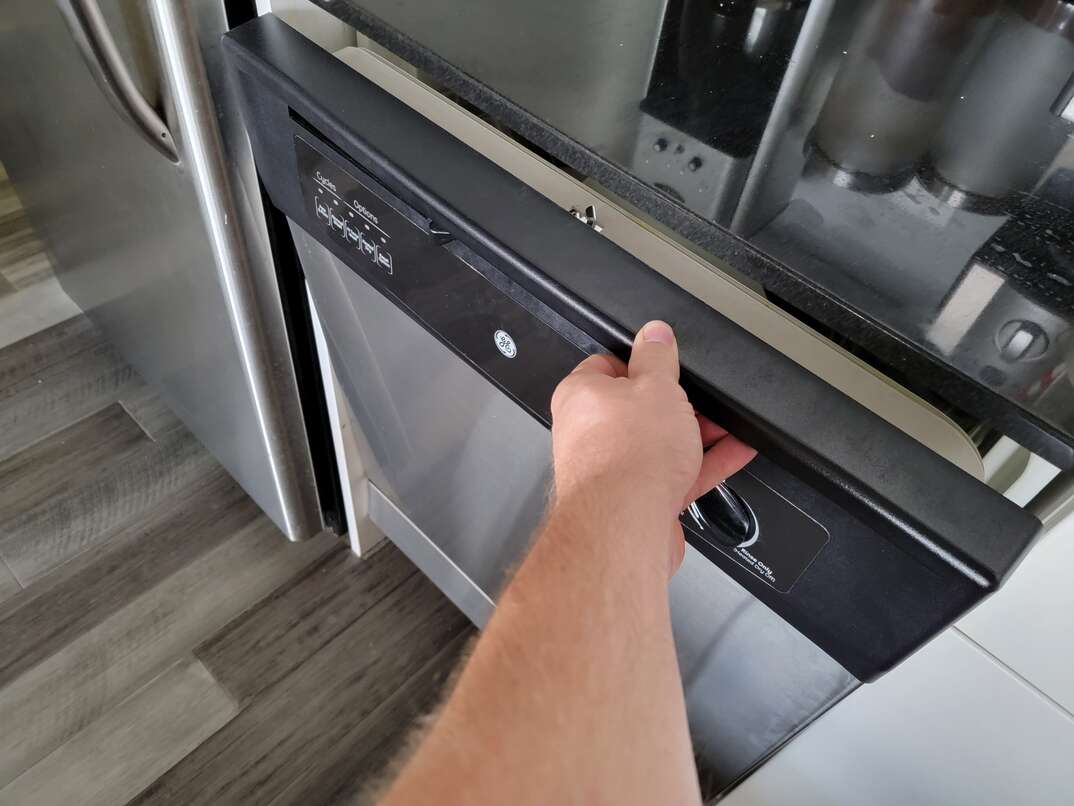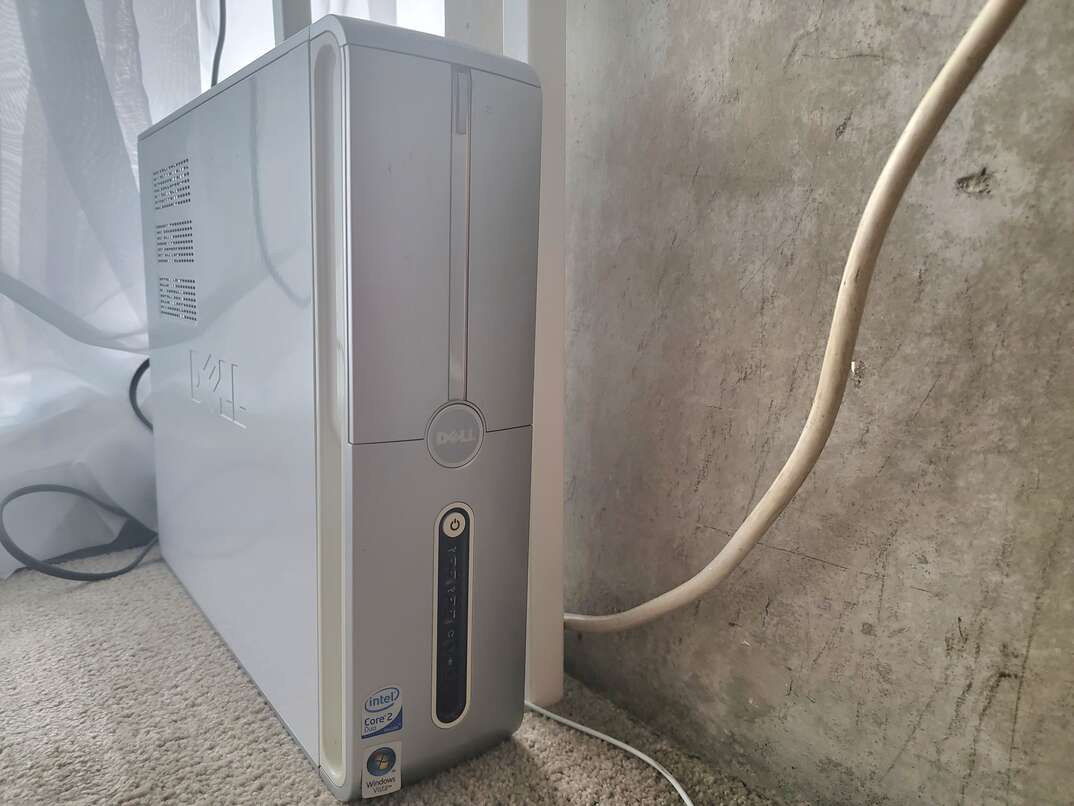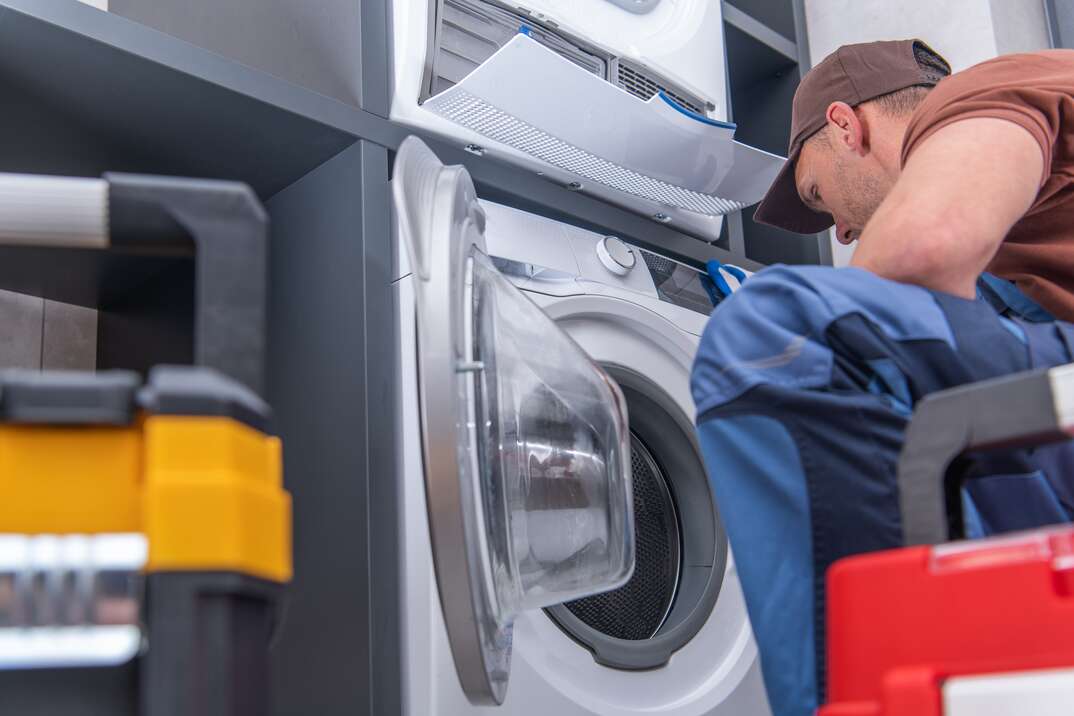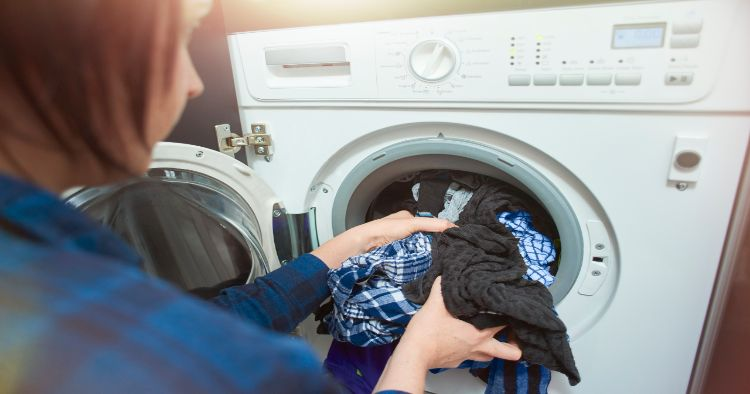5 Dishwasher Maintenance Tasks You Should Do to Avert Disaster

Your dishwasher saves you time and gives your dishes a squeaky-clean finish that's hard to match when washing by hand. But what do you do when your dishwasher isn't performing the way it should?
This May Also Interest You: Weird Sound Coming From the Dishwasher? How to Diagnose Dishwasher Noises
The last thing you want when you have a mountain of dishes in the sink or guests coming over is a faulty dishwasher. Fortunately, performing some routine maintenance can help reduce the chances of the most common issues, and it can even extend the life of your machine.
Common Dishwasher Problems
These dishwasher issues can be prevented with a few simple maintenance steps:
- Dishwasher not draining or draining slowly
- Water leaks
- Spots on dishes
- Bad odor
- Poor water pressure
- Broken racks
Regular Dishwasher Maintenance Tasks
Check out these five tips for maintaining a well-running dishwasher.
1. Scrape Your Dishes Before Loading Them
Dishwasher quality has improved over the last several decades, so it's no longer necessary to "pre-wash" your dishes before loading them. However, scraping large or loose food particles from your dishes can help prolong the life of your dishwasher and prevent a variety of issues.
To determine if this is an issue for you, look for:
- Trapped food particles or grease. This can leave your dishwasher drain clogged.
- Spray nozzles that are blocked. This reduces the pressurized water coverage on your dish loads and affects cleaning performance.
- Food and grease lodged in the crevices of your dishwasher. This debris can decompose and create a foul smell.
2. Check Your Hoses and Gaskets
The hoses and gaskets are an often overlooked area of dishwasher maintenance. If they're degraded, you could find yourself with a leaky machine that causes damage to your floors. It's important to look over any of your seals and connections to make sure there are no splits in your lines, that hoses are connected securely and gaskets are still intact and pliable.
Signs of a damaged hose or gasket include:
- Hard water deposits at hose connection sites. This presents as a chalky white substance on the edge of your hose and connectors.
- Signs of water damage below or behind your dishwasher. These could be indications that leaks are occurring regularly, and you will need to find the source.
- Leaking or pooling water at the front of your dishwasher. This can be a sign of a worn door seal.
More Related Articles:
- The Filth Shall Get Them Clean: Why You Don’t Need to Pre-Rinse Your Dishes
- Don’t Get Lost in the Wash: How to Use Your Dishwasher Efficiently
- Should You Repair or Replace Your Dishwasher?
- How Much Do Countertop Dishwashers Cost?
- What’s the Deal With Countertop Dishwashers?
3. Clean Mineral Deposits
Unless you have a water softener, the water that runs through your dishwasher is carrying a variety of minerals that may harden to create limescale within your dishwasher. Limescale builds on itself, so these deposits can easily clog spray nozzles and hoses, reducing water flow through the entire system. It can also put extra wear on your hoses and gaskets, reducing their flexibility and making them less effective.
A good water softener is the best preventative measure, but you can also run a vinegar cycle through your dishwasher to reduce limescale buildup and scrub at the deposits you can see. This is also effective for eliminating mold and mildew.
You may have limescale issues if:
- Your dishes come out with hard water spots.
- Your dishes are coming out dirty. Check the spray arm and nozzles for mineral deposits from your water. Take a safety pin and gently clear the debris from the nozzles.
- You see a white, chalky substance along the edges of your door seal. Clean this regularly to maintain the integrity of the seal.
- Your dishwasher is not draining completely. Limescale can also build up inside pipes and hoses, slowing wastewater outflow.
4. Check the Coating on the Dish Rack Tines
Some dishwasher racks are made of metal and coated in plastic to protect them from rusting. Any chips or cracks in this coating allow water inside to the metal and should be addressed immediately.
To see if your racks need to be resealed, look for:
- Silver or dark spots or lines along the rack wires. Coatings are usually done in light colors to make it easier for you to see any damage.
- Rough or uneven spots in the smooth coating, possibly indicating a new crack or worn area.
5. Clean Your Screen Regularly
Most dishwashers have a screen installed to catch loose silverware, broken glass bits and large food particles to protect hoses and pipes from being clogged. It's important to check this screen to ensure it is clear to allow easy flow when your dishwasher drains.
Possible indicators it's time for your screen to be cleaned include:
- A bad odor. This may be coming from rotting food trapped in the screen.
- Slow drainage. Limescale on the screen can cause this.
Dishwasher Maintenance Improves the Life of Your Machine
Performing routine maintenance tasks is the best way to maximize the lifespan of your dishwasher and ensure optimal performance through every cycle. Although your dishwasher isn't going to last forever, it's important you can count on it to clean your dishes well without causing damage to your floors or plumbing. Taking the time to go through these maintenance actions is the easiest and most cost-effective way to get the most from your machine.


